

Articles
How To Clean Shower Curtains
Modified: February 9, 2024
Learn effective methods and tips for cleaning shower curtains in this informative and practical article. Keep your bathroom fresh and hygienic with our expert advice.
(Many of the links in this article redirect to a specific reviewed product. Your purchase of these products through affiliate links helps to generate commission for Storables.com, at no extra cost. Learn more)
Introduction
Welcome to our comprehensive guide on how to clean shower curtains. Over time, shower curtains can accumulate dirt, soap scum, mold, and mildew, which not only affect the appearance but also pose potential health risks. Regular cleaning and maintenance are essential to keep your shower curtains clean and extend their lifespan.
In this article, we will walk you through the step-by-step process of effectively cleaning your shower curtains, whether they are made of fabric or plastic. We will provide you with valuable tips and tricks to ensure a thorough clean and to prevent the growth of mold and mildew.
Before we dive into the cleaning process, let’s first gather the materials you’ll need to get the job done.
Key Takeaways:
- Regularly cleaning and maintaining your shower curtains is essential to remove dirt, stains, mold, and mildew, ensuring a hygienic and inviting bathroom environment.
- Consider using antimicrobial fabric shower curtains and liners, spread out the curtain after each use, and inspect regularly to prevent mold and mildew growth.
Read more: How To Clean A Shower Curtain Liner
Materials Needed
Before you begin cleaning your shower curtains, gather the following materials:
- Mild detergent or laundry detergent
- Bleach (if applicable, read the care label for instructions)
- Vinegar
- Baking soda
- Toothbrush or scrub brush
- Soft cloth or sponge
- Bucket or basin
- Washing machine (for machine-washable curtains)
- Dryer or clothesline
These materials will help you effectively remove dirt, soap scum, and mold from your shower curtains.
Note: It is important to check the care label or manufacturer’s instructions for specific cleaning recommendations. Some shower curtains may not be suitable for machine washing or may require special care.
Now that you have gathered the necessary materials, let’s proceed to the next step: removing the shower curtain.
Step 1: Remove the Shower Curtain
The first step in cleaning your shower curtain is to remove it from the shower rod. This will make the cleaning process easier and allow you to access all areas of the curtain.
Follow these steps to remove the shower curtain:
- Slide the shower curtain rings or hooks off the shower rod.
- Gently detach the curtain from the rings or hooks, starting from one end and working your way to the other.
- If your shower curtain has a fabric liner, detach it as well.
Once you’ve removed the curtain and liner, inspect them for any visible stains, mold, or mildew. This will give you an idea of the areas that require special attention during the cleaning process.
If you notice any stubborn stains or mold, you may need to pre-treat those areas before moving on to the next step. Use a mild detergent or a mixture of vinegar and water to spot treat the affected areas.
Once you’ve assessed the condition of your shower curtain, it’s time to prepare the cleaning solution. Continue reading to learn how to create an effective cleaning solution for your shower curtain.
Step 2: Preparing the Cleaning Solution
Now that you have removed the shower curtain, it’s time to prepare the cleaning solution. The right cleaning solution will help to effectively remove dirt, stains, mold, and mildew from the fabric or plastic material.
There are several options for cleaning solutions that you can use, depending on the type of shower curtain you have:
For Fabric Shower Curtains:
- Mild Detergent: Fill a bucket or basin with warm water and add a small amount of mild detergent. Mix well until it forms a soapy solution.
- Baking Soda and Vinegar: In a bucket or basin, combine equal parts of baking soda and vinegar to create a paste-like consistency.
For Plastic Shower Curtains:
- Bleach and Water: Mix one part bleach with four parts water in a bucket or basin. Make sure to check the care label or manufacturer’s instructions, as not all plastic shower curtains can be safely cleaned with bleach.
- Vinegar and Water: Create a solution of equal parts vinegar and water in a bucket or basin.
Select the cleaning solution that is appropriate for your shower curtain material and the severity of the stains or mold. Remember to wear gloves and work in a well-ventilated area when using bleach.
Once you have prepared the cleaning solution, let’s move on to the next step: handwashing the shower curtain.
Step 3: Handwashing the Shower Curtain
Now that you have prepared the cleaning solution, it’s time to begin the handwashing process for your shower curtain. Handwashing allows you to thoroughly clean every inch of the curtain and target any stubborn stains or areas of mold or mildew.
Follow these steps to handwash your shower curtain:
- Submerge the shower curtain in the bucket or basin filled with the appropriate cleaning solution.
- Use a soft cloth or sponge to gently scrub the entire surface of the curtain. Pay extra attention to any visible stains, mold, or mildew.
- If necessary, use a toothbrush or scrub brush to scrub stubborn stains or hard-to-reach areas. Be gentle to avoid damaging the material.
- Once you have thoroughly scrubbed the curtain, rinse it with clean water to remove any soap residue.
- Inspect the curtain for any remaining stains or mold. If needed, repeat the handwashing process or spot treat those areas using a mild detergent or vinegar mixture.
After handwashing the shower curtain, it’s time to move on to the next step: machine washing (if applicable). Continue reading to learn how to safely machine wash your shower curtain.
To clean shower curtains, remove them from the hooks and wash in the washing machine with a mild detergent and a few towels to help scrub away any mildew. Hang to dry.
Read more: How To Clean A Shower Curtain By Hand
Step 4: Machine Washing the Shower Curtain
If your shower curtain is machine-washable, this step will help to ensure a deep and thorough clean. Machine washing is especially effective for removing tough stains, mold, and mildew from the fabric or plastic material.
Follow these steps to machine wash your shower curtain:
- Check the care label or manufacturer’s instructions to confirm that your shower curtain is safe for machine washing.
- Remove any detachable parts, such as hooks or rings, from the shower curtain.
- Place the curtain in the washing machine along with a few towels or delicate items to prevent it from getting tangled.
- Add a small amount of mild detergent to the detergent compartment of the machine.
- Select a gentle cycle and set the water temperature according to the care label instructions.
- Start the washing machine and let it complete the cycle.
- Once the cycle is finished, remove the shower curtain from the machine.
It is important to note that machine washing is not suitable for all types of shower curtains. Some delicate or plastic curtains may be damaged or deformed in the machine. Always check the care label or manufacturer’s instructions for specific cleaning recommendations.
If your shower curtain is not suitable for machine washing, continue to the next step to learn how to dry it effectively.
Step 5: Drying the Shower Curtain
After cleaning your shower curtain, it’s crucial to properly dry it to prevent the growth of mold and mildew. The drying process will depend on the material of your shower curtain.
Follow these steps to effectively dry your shower curtain:
- If your shower curtain is machine-washable:
- Remove the curtain from the washing machine promptly after the cycle is finished.
- Shake off any excess water and gently smooth out any wrinkles or folds.
- Hang the curtain on a shower rod or clothesline in a well-ventilated area.
- Allow the curtain to air dry completely before reinstalling it.
- If your shower curtain is handwash-only or made of delicate fabric:
- Wrap the curtain in a clean towel and gently press to remove excess water.
- Smooth out any wrinkles or folds.
- Hang the curtain on a shower rod or clothesline in a well-ventilated area.
- Allow the curtain to air dry completely before reinstalling it.
Avoid using a dryer to dry your shower curtain, as high heat can damage the material or cause it to shrink. Air drying is the best method to ensure that your shower curtain dries thoroughly and maintains its shape.
Once your shower curtain is completely dry, it’s time to move on to the final step: reinstalling it in your bathroom. Continue reading to learn how to properly reinstall your shower curtain.
Step 6: Reinstalling the Shower Curtain
Now that your shower curtain is clean and dry, it’s time to reinstall it in your bathroom. Reinstalling the curtain will not only restore its function but also give your bathroom a fresh and clean appearance.
Follow these steps to properly reinstall your shower curtain:
- Slide the shower curtain rings or hooks onto the shower rod.
- Starting from one end, attach the curtain to the rings or hooks, working your way to the other end.
- If your shower curtain has a fabric liner, attach it as well.
- Ensure that the curtain and liner are evenly spread out along the shower rod, allowing them to hang freely.
- Straighten out any wrinkles or folds in the curtain for a neat and tidy appearance.
Once you have successfully reinstalled the shower curtain, take a moment to inspect the bathroom for any excess water or soap residue that may have splashed during the cleaning process. Wipe down the shower area and surrounding surfaces for a complete clean.
Now you can enjoy your fresh and clean shower curtain, free from dirt, stains, mold, and mildew. By regularly cleaning and maintaining your shower curtain, you can extend its lifespan and ensure that your bathroom remains a hygienic and inviting space.
Before we conclude, let’s go over some additional tips and tricks to keep your shower curtains in top condition.
Additional Tips and Tricks
Here are some additional tips and tricks to help you keep your shower curtains in top condition:
- Regularly inspect your shower curtains for any signs of mold, mildew, or stains. Promptly address any issues to prevent them from spreading and becoming more difficult to clean.
- Consider using a shower curtain liner in addition to your main curtain. Liners provide an extra layer of protection and can be easily removed and washed as needed.
- Avoid leaving the shower curtain bunched up or closed after each use. It’s best to spread it out or open it fully to allow air circulation and prevent moisture from being trapped, which can lead to the growth of mold and mildew.
- If your shower curtain is prone to mold and mildew, you can spray it with a mixture of water and vinegar after each use. This can help prevent the growth of these unwanted organisms.
- Consider using a fabric shower curtain with antimicrobial properties. These curtains are specifically designed to resist mold, mildew, and bacteria growth.
- Periodically clean the shower curtain rod and rings or hooks to remove any buildup of soap scum or dirt.
- For stubborn stains on a plastic shower curtain, you can try using a non-abrasive cleaner or a paste made from baking soda and water. Test it on a small, inconspicuous area first to ensure it does not damage the material.
By following these tips and tricks, you can extend the lifespan of your shower curtains and maintain a clean and hygienic bathroom environment.
As a final reminder, always refer to the care label or manufacturer’s instructions for specific cleaning recommendations for your shower curtain. Each curtain may have unique care instructions based on its material and construction.
We hope this guide has been helpful in providing you with the knowledge and techniques to effectively clean your shower curtains. Now you can enjoy a fresh and rejuvenated showering experience!
Remember, a clean shower curtain not only enhances the visual appeal of your bathroom but also ensures a healthy and hygienic environment for you and your family.
Happy shower curtain cleaning!
Read more: How To Clean A Shower Curtain And Its Liner
Conclusion
Cleaning your shower curtains is an essential maintenance task that not only improves the appearance of your bathroom but also ensures a hygienic and healthy environment. Regular cleaning will remove dirt, stains, mold, and mildew, preventing them from spreading and prolonging the lifespan of your curtains.
In this comprehensive guide, we have walked you through the step-by-step process of cleaning your shower curtains. From removing the curtain and preparing the cleaning solution to handwashing and machine washing, we have covered all the necessary steps to achieve a thorough clean.
We also provided additional tips and tricks to help you maintain your shower curtains in top condition. Regular inspections, proper drying, using liners, and considering antimicrobial options are just a few of the strategies that can assist in preventing mold and mildew growth.
Remember to always refer to the care label or manufacturer’s instructions for specific cleaning recommendations, as each curtain may have unique care requirements based on its material and construction.
By following the advice in this guide and implementing the recommended cleaning techniques, you can enjoy a fresh, clean, and inviting shower curtain that enhances the overall aesthetic of your bathroom. Say goodbye to dirt, stains, mold, and mildew, and hello to a rejuvenated and hygienic showering experience!
Thank you for reading, and happy shower curtain cleaning!
Frequently Asked Questions about How To Clean Shower Curtains
Was this page helpful?
At Storables.com, we guarantee accurate and reliable information. Our content, validated by Expert Board Contributors, is crafted following stringent Editorial Policies. We're committed to providing you with well-researched, expert-backed insights for all your informational needs.
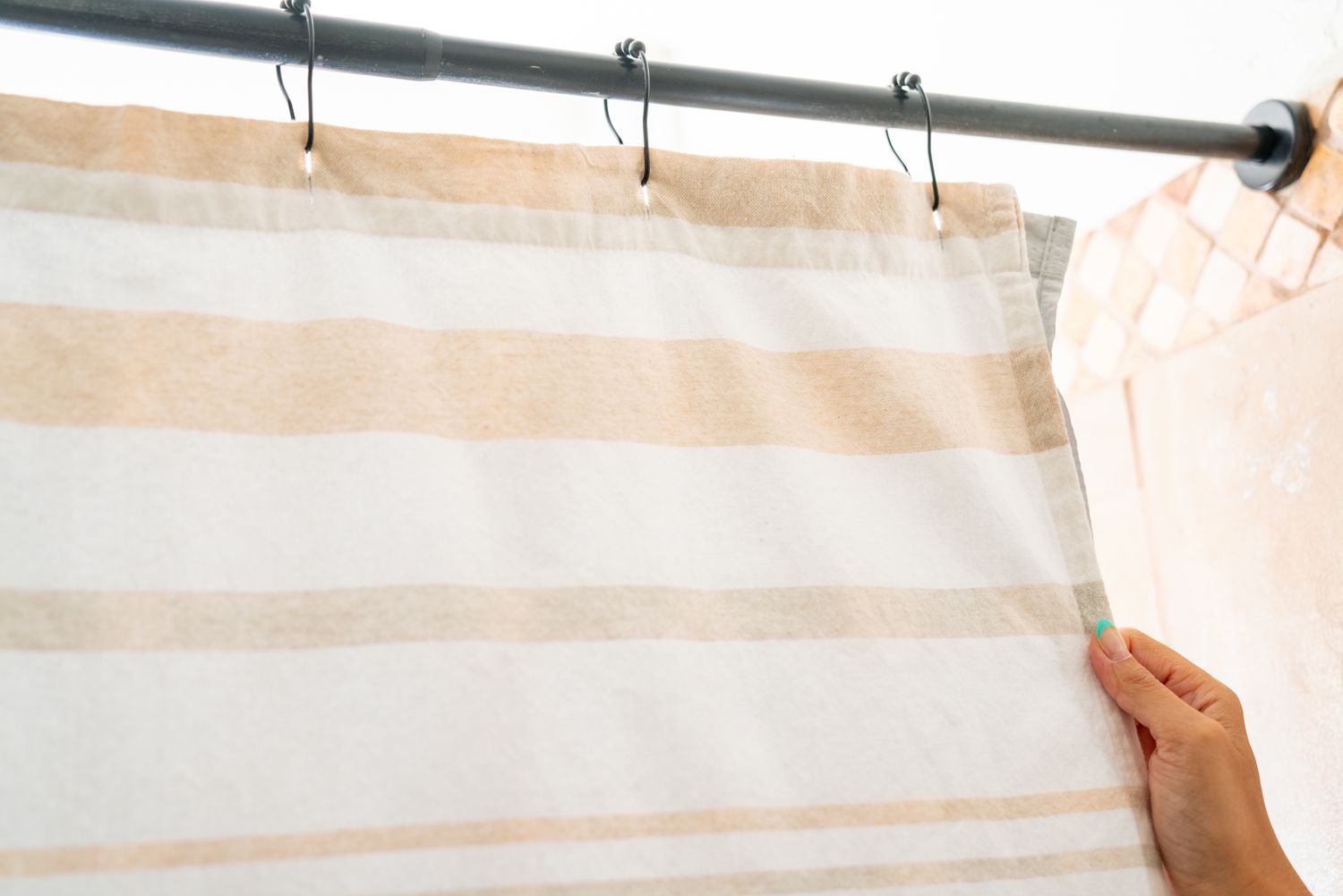
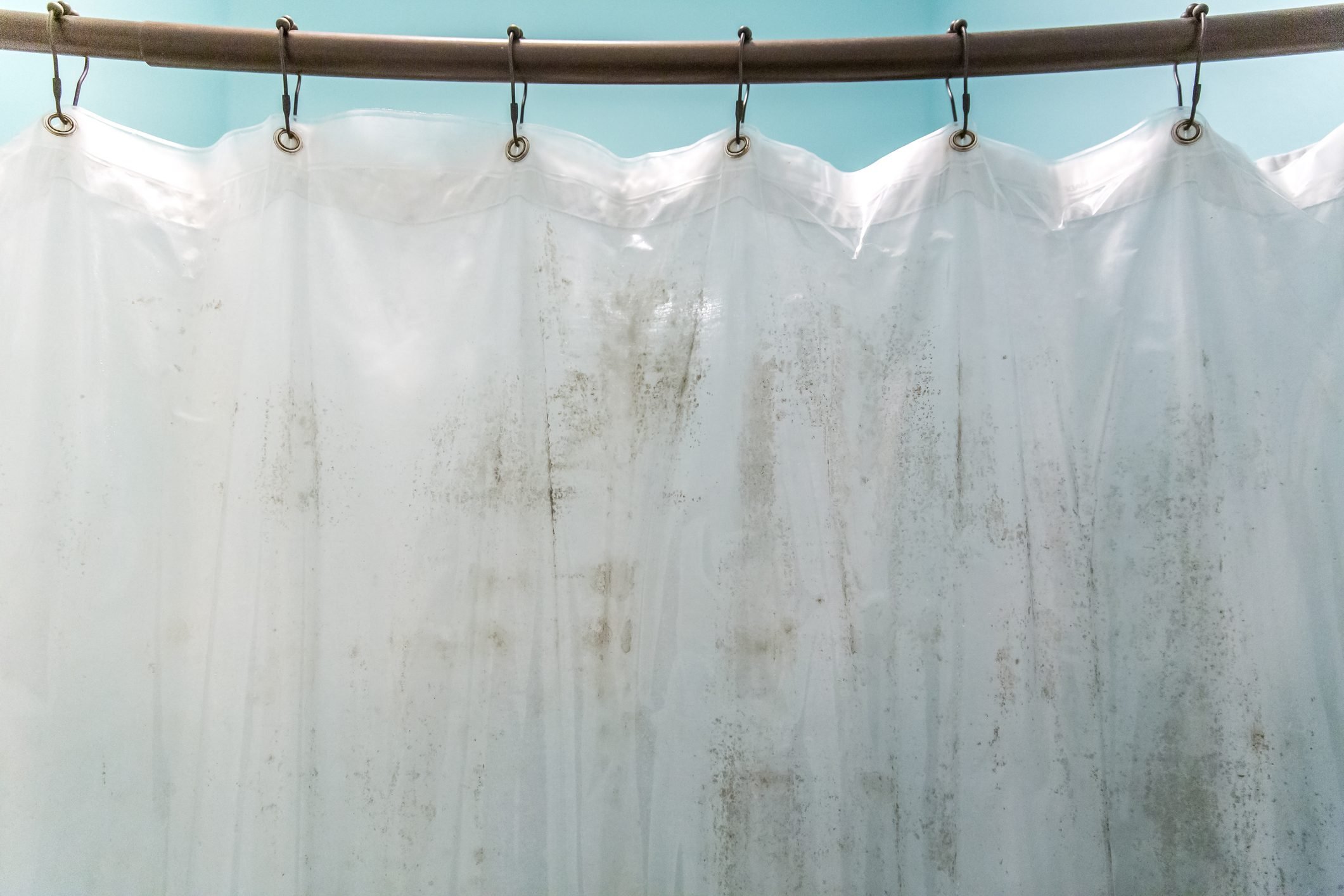
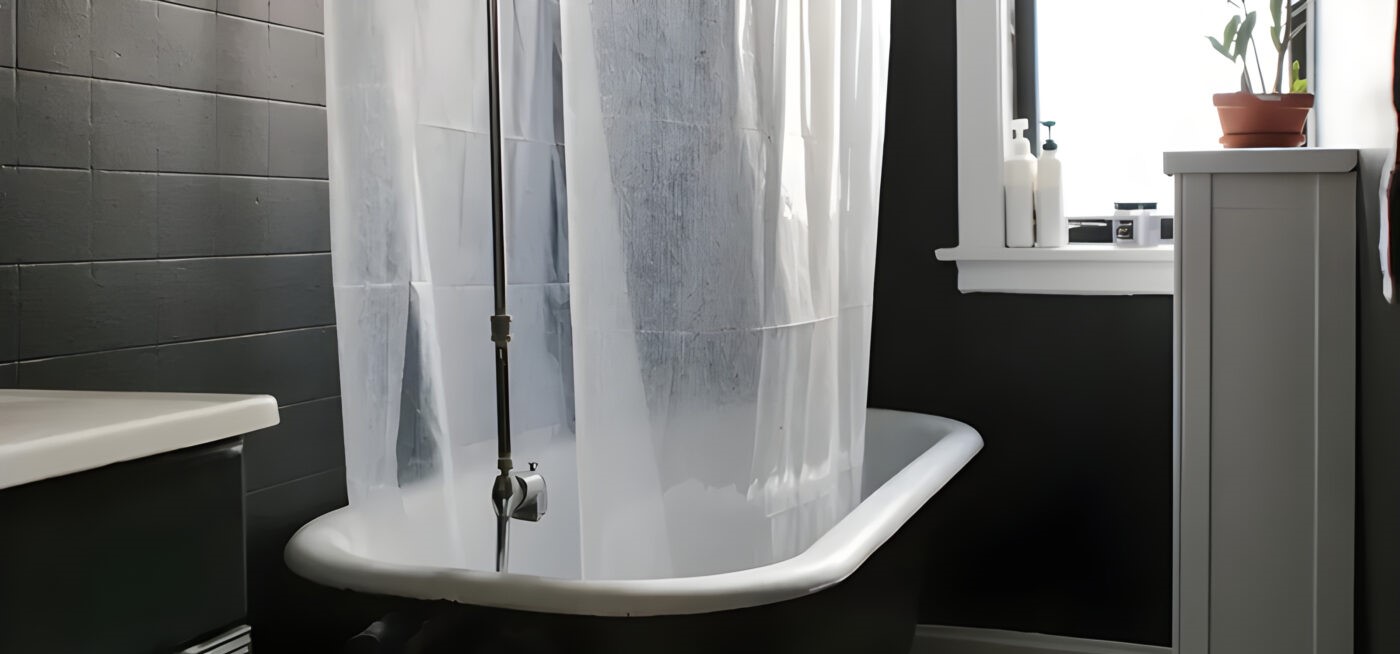
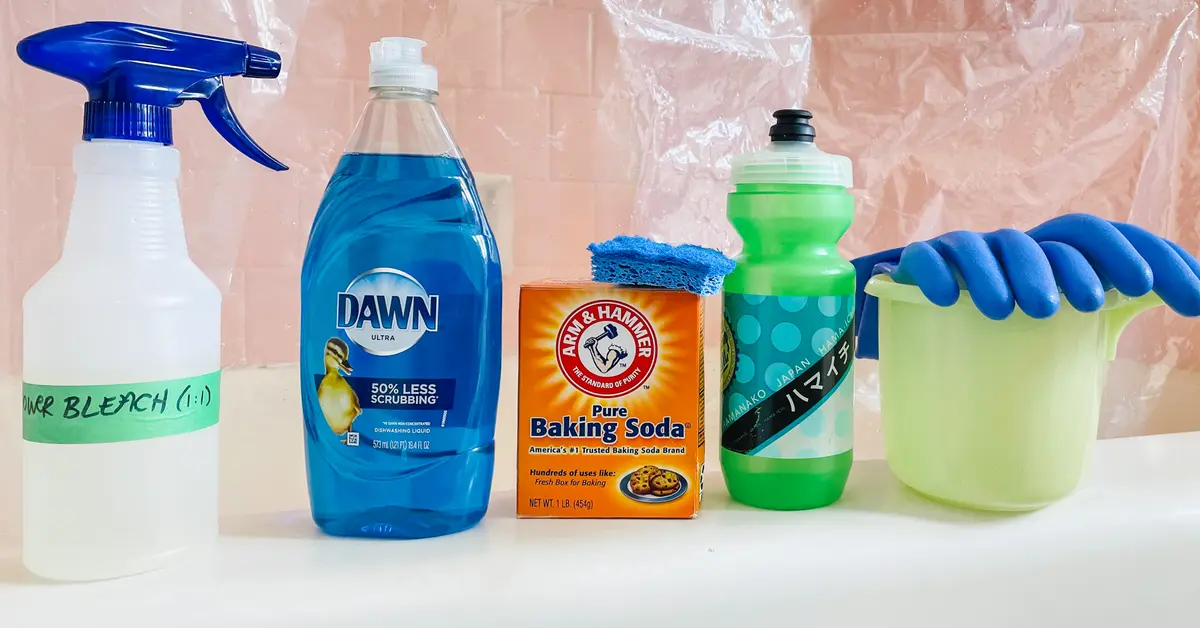


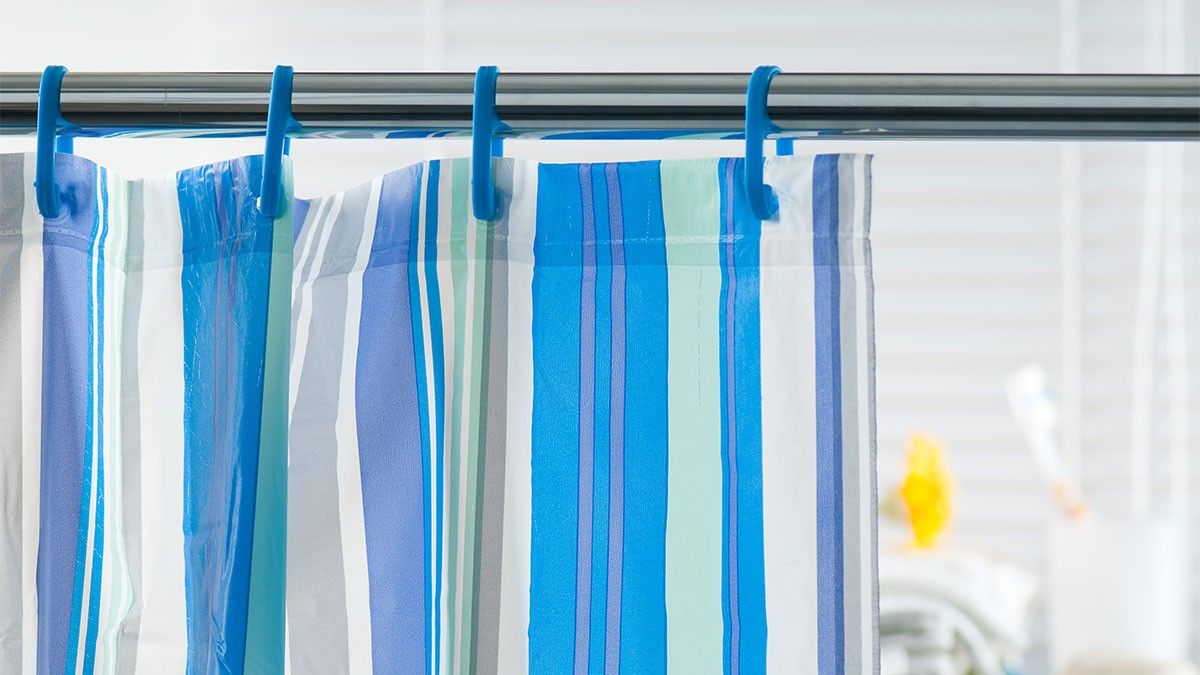
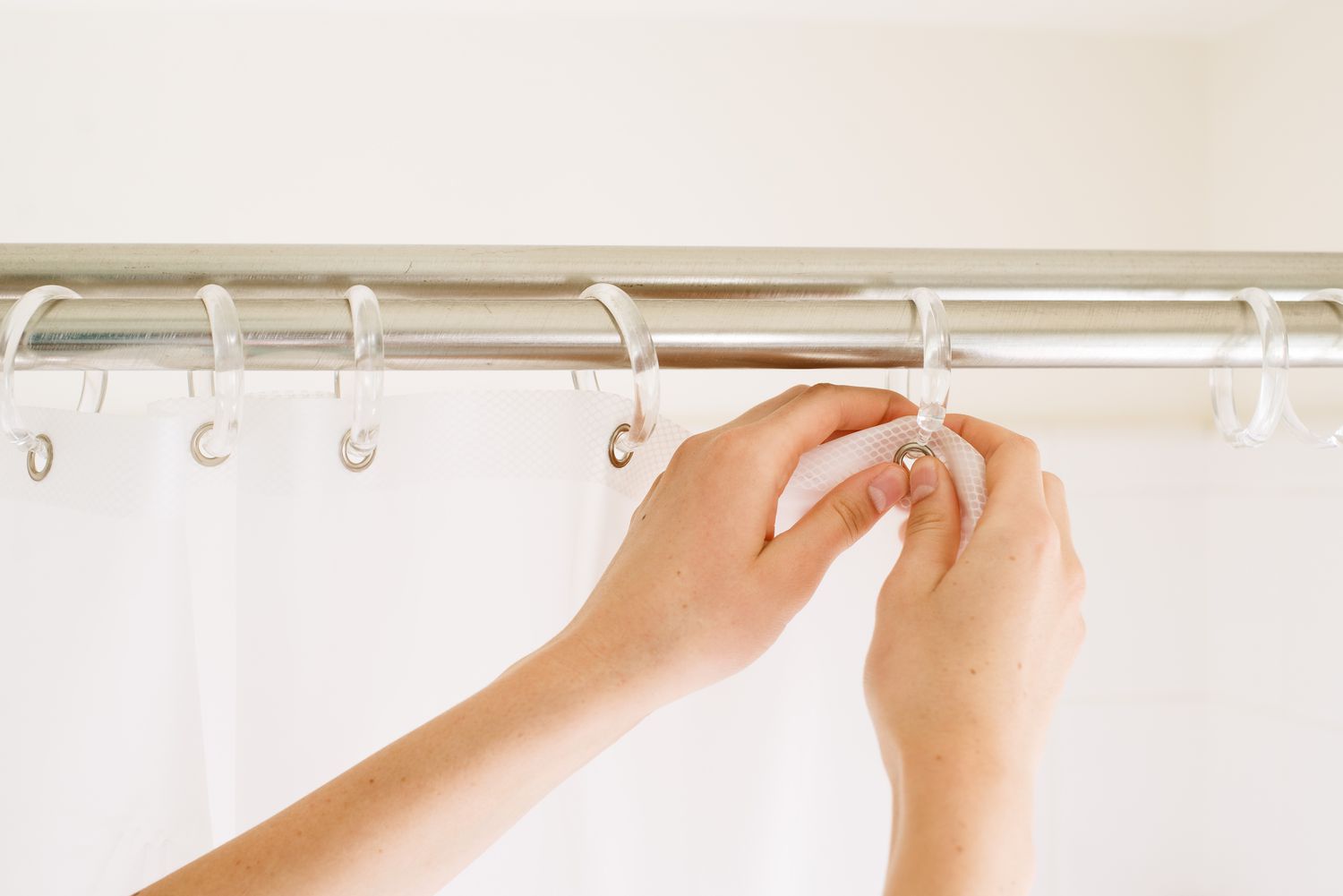

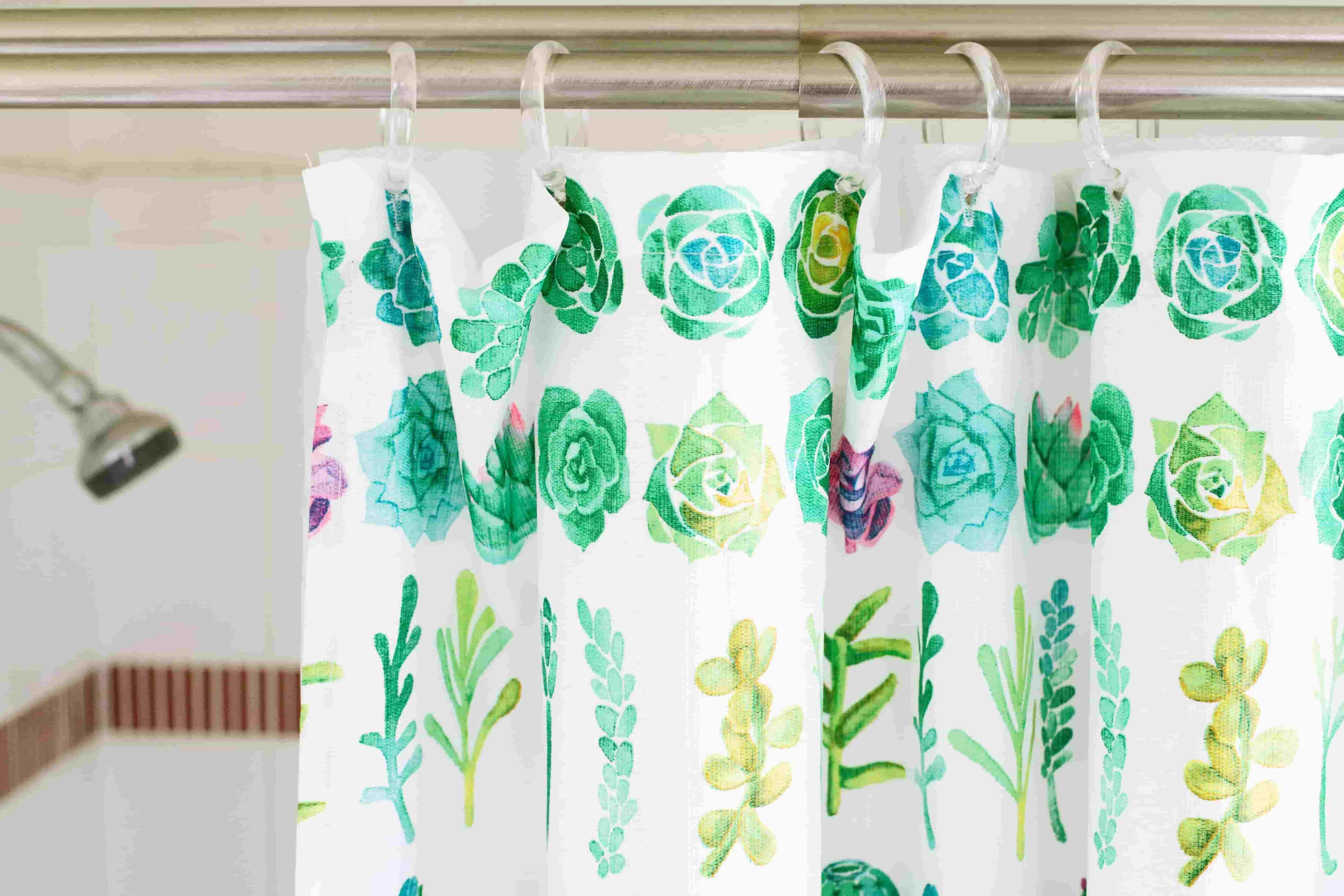




0 thoughts on “How To Clean Shower Curtains”